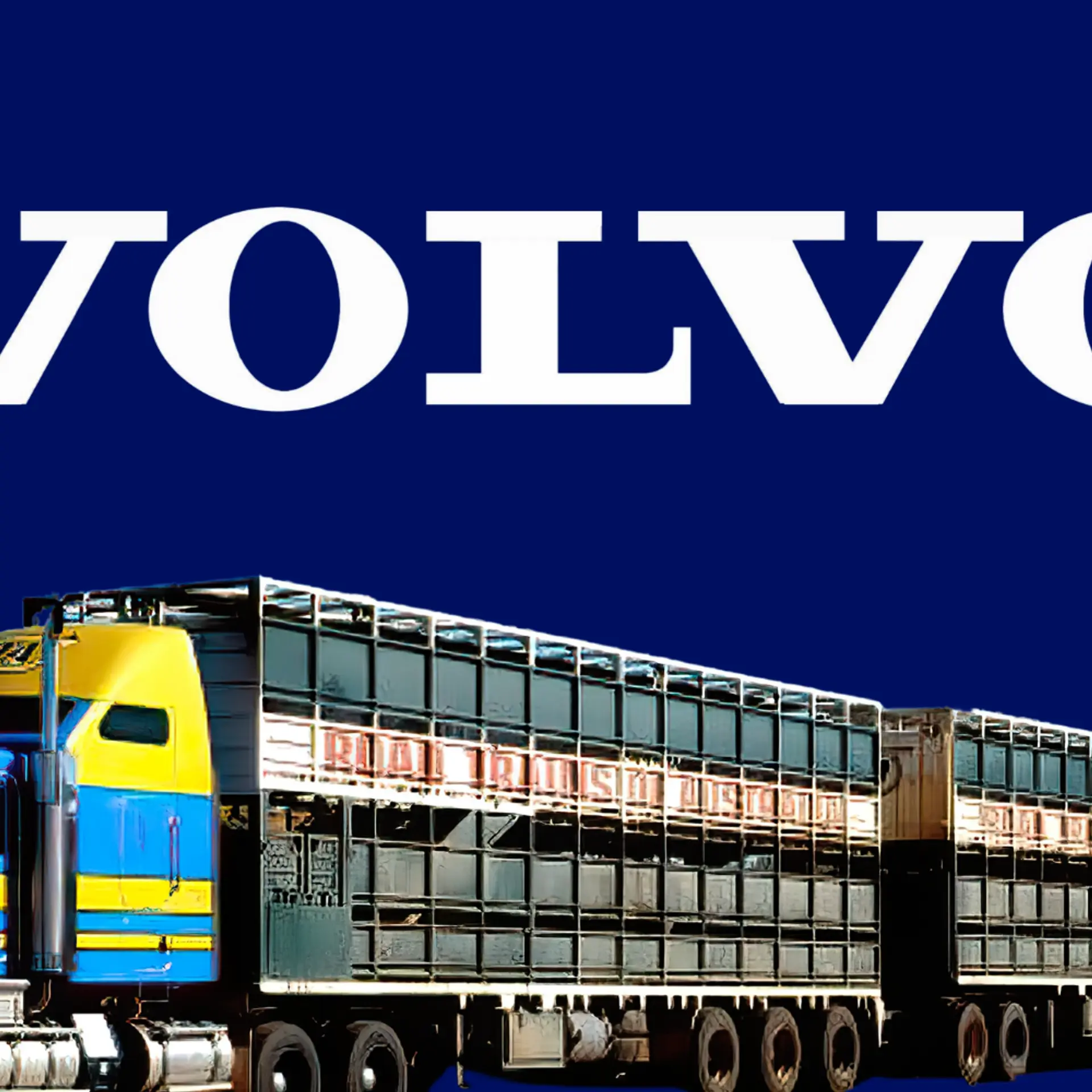Cities of tomorrow: Building India’s real estate future through sustainable urban development
The evolution of sustainable urban real estate in India represents more than a mere shift in construction practices; it embodies a fundamental reorganisation of urban life.
India stands at a pivotal crossroads, where urbanisation continues to grow at an unprecedented pace while adding nearly 10 million people to its cities annually. The urban landscape—once characterised by rapid and often unplanned development—is witnessing a revolutionary transformation.
This fundamental change is not merely confined to constructing buildings but reimagining the very fabric of urban living, albeit through the lens of sustainability and technological innovation.
According to the United Nations, cities contribute 70% of global carbon emissions, therefore, building sustainable cities is no longer a luxury but a necessity. As climate change concerns intensify and resource optimisation becomes a crucial factor, India's real estate sector is crafting a new narrative—one where green architecture and smart technology unite cohesively to build the ‘Cities of Tomorrow’.
The green building revolution in India
The trajectory of India's sustainable building movement reveals a compelling story of exponential growth and evolving consciousness. From a mere 20,000 sqm in 2003 to about 7.85 billion sqm by 2023, the country's green building footprint has expanded at a pace that few could have predicted.
The Indian Green Building Council (IGBC) reports that this transformation has resulted in annual energy savings of over 21 billion kWh and water savings exceeding 27 billion litres across certified projects. Maharashtra leads this green revolution with 1,094 certified projects, followed by Uttar Pradesh with 643 and Gujarat with 590 projects.
Smart cities: Catalyst for sustainable growth
The Smart Cities Mission has evolved from an ambitious vision into a tangible reality, with 100 selected cities implementing over 5,151 projects worth Rs 2 lakh crore. Indore's success story stands out, with its integrated command and control centre managing everything from traffic flow to waste collection, resulting in a 30% reduction in urban congestion and a 45% improvement in waste management efficiency.
Surat's implementation of smart water management systems has reduced water losses by 35% through real-time leak detection and automated distribution networks. Meanwhile, Pune's smart street lighting project has cut energy consumption by 60% while improving urban safety. These achievements aptly demonstrate how technology-driven solutions can deliver both environmental and social benefits.
Affordability and inclusivity
Sustainability also goes together with inclusivity. For a city to be truly sustainable, it must offer affordable housing options to its citizens from the economically marginalised section of society. These days, real estate developers are increasingly focusing on creating mixed-use developments that incorporate a blend of affordable housing, commercial spaces, and green zones. This approach ensures that urban growth doesn’t come at the cost of social equity.
Technology: The backbone of sustainable development
The technological revolution in India's real estate sector is visibly manifesting through an array of increasingly sophisticated solutions. The International Technology Park in Bengaluru showcases how integrated building management systems can reduce energy consumption by 30% simply through AI-driven optimisation. The park's smart grid technology, combined with on-site solar generation, meets 60% of its energy requirements through renewable sources.
Advanced construction technologies prove equally transformative. The World One Tower in Mumbai utilises photovoltaic glass facades that generate energy while reducing solar heat gain by 60%.
The Gurugram Cybercity employs a network of over 10,000 IoT sensors to monitor and calibrate everything from air quality to occupancy patterns, achieving a 25% reduction in operational costs.
Policy framework driving sustainable real estate
Government initiatives have created a robust ecosystem for sustainable development. RERA's sustainability guidelines now influence many registered projects nationwide. The PMAY scheme has incorporated green building standards into over 1.12 crore sanctioned houses, demonstrating that sustainability can be achieved at scale in affordable housing.
State-level incentives have proven particularly effective. Maharashtra offers an additional 5-7% FSI for green-certified buildings, while Karnataka provides a 25% reduction in permit fees for sustainable projects. These policies have catalysed private sector investment, with green building investments growing at 20% annually.
The economic case for green buildings
The financial benefits of sustainable real estate extend beyond operational savings. Knight Frank India reports that green-certified buildings command a rental premium of 15-20% and show faster absorption rates, with occupancy levels typically 15% higher than conventional buildings.
The cost premium for green construction, once viewed as prohibitive at 15-18%, has decreased to 5-8% now due to technological advancements and economies of scale.
What lies ahead
As India progresses towards its target of net-zero emissions by 2070, the real estate sector's role becomes increasingly critical. Emerging technologies like digital twins are already implemented in projects like the Gujarat International Finance Tec-City (GIFT City), where virtual modelling optimises resource usage and predicts maintenance needs with 90% accuracy.
The integration of blockchain technology in energy trading has already begun, with pilot projects in Delhi and Mumbai enabling peer-to-peer renewable energy trading among buildings. These innovations, coupled with the growing adoption of mass timber construction and carbon-negative materials, suggest a future where buildings not only minimise their environmental impact but actively contribute to ecological regeneration.
Conclusion
The evolution of sustainable urban real estate in India represents more than a mere shift in construction practices; it embodies a fundamental reorganisation of urban life.
As cities continue to grow and technology advances, the synergy between green building practices and smart solutions will be crucial in creating urban spaces that are not just sustainable but truly regenerative. India's journey thus far suggests that it is not merely participating in the global sustainable development narrative but is increasingly positioning itself to lead it.
Routhu Nagaraju is the CEO of Experion Developers.
Edited by Suman Singh
(Disclaimer: The views and opinions expressed in this article are those of the author and do not necessarily reflect the views of YourStory.)










